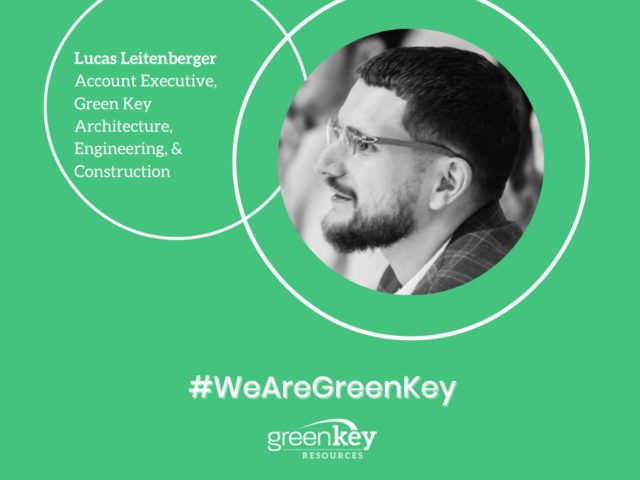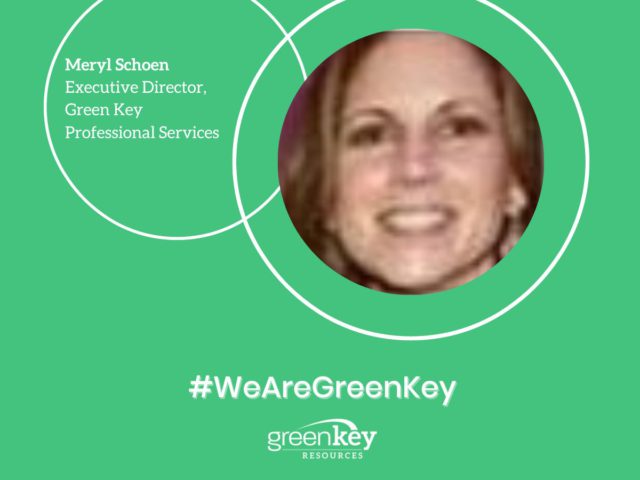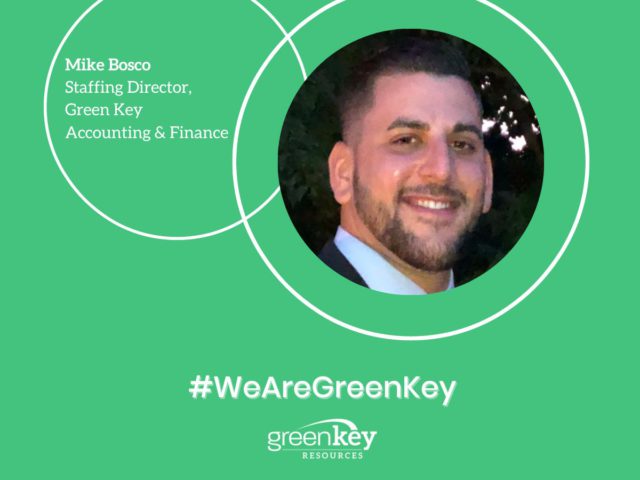The ugly truth about those memos you send and reports you write is that no one wants to read them.
Don’t take it personally, says Aaron Orendorff. Most of us are overwhelmed with the volume of words that come at us. One estimate is that the average office worker receives almost 100 emails a day. Add in the messages that come in by text, Slack and hard copy and it’s like standing in front of a fire hose.
What can you do to get attention for what you send?
Write less, suggests Orendorff in an article for The New York Times. It’s the most counterintuitive of the eight suggestions he makes, though there’s strong evidence you’ll get more notice if you write only rarely. “Scarcity in professional writing is so, well, scarce that its absence is easier to illustrate than its presence,” he insists.
Before sending off a message, ask yourself, he says, if it must be sent immediately. If not, then ask if it need be sent at all and does it need to be sent to everyone on the To: or CC: lines?
When you must email or message, Orendorff says use fewer words and cut to the chase. “We long for clarity, for other people to say what they mean in as few, short words as possible,” he points out, recommending several methods for getting your point across quickly:
- Put action words in your subject line — Instead of “Budget Attached,” write, “APPROVAL FOR ITEMS 9-12: Budget Attached.”
- Don’t tell, ask — Instead of describing in detail your analysis or view of an issue, ask questions; the more pointed and clear the better.
- Lead with the need — Say what you need. get to the point at the beginning of your memo or email or message. “Rather than building to the request — and risk muddling the meaning — this inversion forces us to lead with the need. After that, you’ll often find much of the rest can be removed.”
- Make it about “us” — “When seeking assistance or buy-in, we typically ask colleagues for their ‘opinion.’ Turns out, that’s a mistake. Asking for an opinion produces a critic,” Orendorff explains. You’ll get better results if you can make it about “we.”
- Write a people-proof TL;DR — The snarky expression “TL;DR” meaning “too long; didn’t read” is used to summarize an overly long memo or note. Orendorff suggests hijacking it as your own summary of who is to do what by when. “If the TL;DR clearly summarizes everything, send only the TL;DR.”
Taking to heart every one of Orendorff’s suggestions is no guarantee everyone will want to read what you write. At the very least, he says we can “make it easy on our colleagues to read it, respond to it and take action.”
Image by Muhammad Ribkhan





















